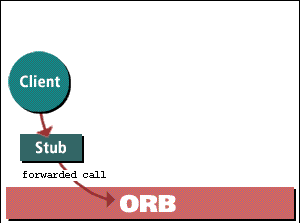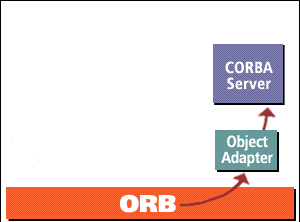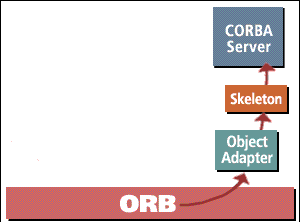Deeper Analysis into Core CORBA architecture
Use of Callback Interfaces
Services often employ callback interfaces. Callback interfaces are interfaces that a client object is required to support to enable a service to call back to it to invoke some operation. The callback may be, for example, to pass back data asynchronously to a client. Callback interfaces have two major benefits:- They clearly define how a client object participates in a service
- They allow the use of the standard interface definition (OMG IDL) and operation invocation (object reference) mechanisms
Assume No Global Identifier Spaces
Several services employ identifiers to label and distinguish various elements. The service designs do not assume or rely on any global identifier service or global id spaces in order to function. The scope of identifiers is always limited to some context.
For example, in the naming service, the scope of names is the particular naming context object.
In the case where a service generates ids, clients can assume that an id is unique within its scope but should not make any other assumption.\


